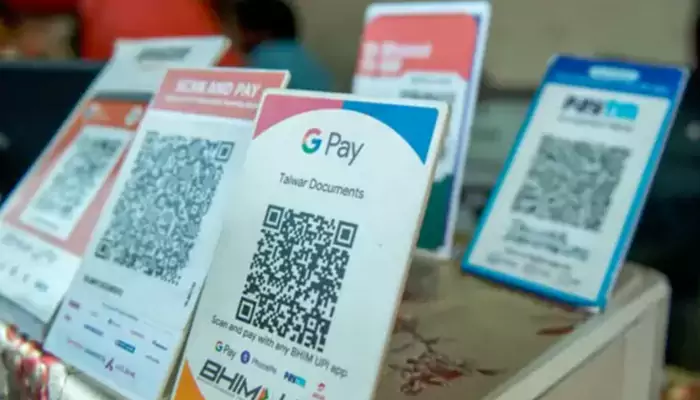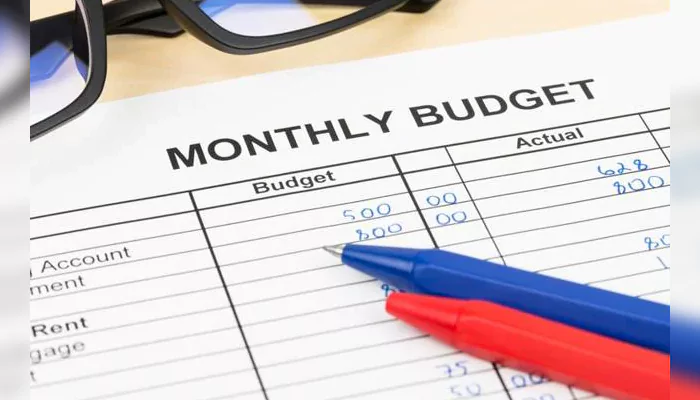RBI To Launch Unified Lending Interface: Here’s What It Means And How It Will Impact You?
- Gurpreet
- 1 year ago
- 3 minutes read

The ULI platform is reportedly aimed at an efficient lending process in terms of reduction of costs and fastened disbursement.
On Monday, Reserve Bank of India (RBI) Governor Shaktikanta Das made an announcement that the Unified Lending Interface (ULI) will be launched in its due course. Just like Unified Payment Interface (UPI) brought about a revolution in the retail payment system, the ULI will bring major changes to India’s lending landscape.
For those caught unaware, it was in August last year that the RBI launched the pilot project of a public tech platform for frictionless credit targeting an efficient lending system, which will help in reducing costs, and quicker disbursement. Finally, on Monday, the RBI Governor proposed to call the platform for frictionless credit as Unified Lending Interface (ULI).
What exactly is Unified Lending Interface?
With the onset of digitalisation and its continued progress in the country, Indians are now accustomed to a digital public infrastructure. Hence, banks, NBFCs, fintech companies and start-ups are now looking at coming up with solutions in payments, credit, and other financial activities.
In fact, the data required for credit appraisal in terms of digital credit delivery is readily available with Central and State governments, account aggregators, banks, and other financial entities. However, since their data are all set in separate systems, it leads to delay in the delivery of rule-based lending.
With the launch of the ULI platform, the RBI now aims to have a seamless flow of digital information, and can then provide multiple data service providers to lenders. In that case, the time taken for credit appraisal will be reduced, and it will certainly be a huge benefit for smaller and rural borrowers.
The RBI Governor mentioned how the ULI will have standardised APIs (Application Programming Interface), and the system would have a ‘plug and play’ approach for digital information. It will help the borrowers have a consent-based delivery of credit, without extensive documentation.

“In sum, by digitising access to customer’s financial and non-financial data that otherwise resided in disparate silos, ULI is expected to cater to large unmet demand for credit across various sectors, particularly for agricultural and MSME borrowers,” the RBI Governor asserted, adding, “The ‘new trinity’ of JAM-UPI-ULI will be a revolutionary step forward in India’s digital infrastructure journey.”
For those caught unaware, the Unified Payments Interface or UPI, which was launched in April 2016 by the National Payments Corporation of India (NPCI), is a real-time payment system that allows a user to have multiple bank accounts on a single mobile application. UPI helps in money transfer through mobile devices immediately, and only one mobile application can be used to access different bank accounts. It has been generating interest across the globe.












